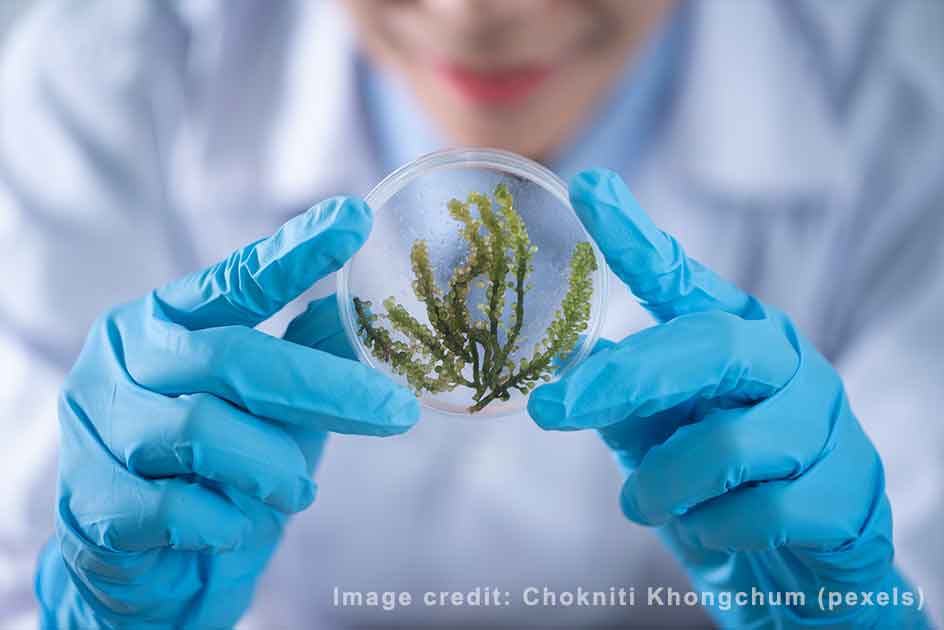The COVID-19 pandemic brought about a unique set of challenges to our world, disrupting economies, healthcare systems, and daily life as we knew it. Yet, amid these challenges, the pandemic also triggered some notable environmental changes. As societies went into lockdown and travel ground to a halt, the environment experienced shifts that begged the question: What environmental changes will persist, and what will revert as we move forward in a post-pandemic world?
10 positive changes or practices that are likely to stay or become more prominent after the COVID-19 pandemic:
Remote and Flexible Work: The adoption of remote work and flexible work arrangements is expected to remain prevalent as employers and employees recognize the benefits of work-life balance and reduced commuting.
Hygiene and Sanitation Practices: Heightened hygiene awareness, including frequent handwashing and disinfection, will likely continue as individuals prioritize health and well-being.

Digital Transformation: The acceleration of digitalization in various sectors, from e-commerce to telehealth, is here to stay, offering more convenience and accessibility.
Virtual Meetings and Events: Virtual meetings, conferences, and events are expected to persist as they provide cost savings, accessibility, and reduced carbon footprint.
E-commerce and Online Shopping: The convenience of online shopping and contactless payments is likely to remain popular, reshaping retail habits.
Healthcare Innovation: Telemedicine and remote healthcare services are expected to remain an integral part of healthcare delivery, offering accessible and efficient options for patients.

Environmental Awareness: Increased awareness of the environment and sustainability may lead to more responsible consumption, reduced waste, and support for eco-friendly products.
Flexible Education Models: Blended and online learning options in education may continue to offer students flexibility and opportunities for personalized learning.
Community Support: Community-driven initiatives and support for local businesses are likely to persist as people recognize the importance of community resilience.

Mental Health Awareness: The importance of mental health and well-being will remain a priority, encouraging conversations and initiatives to address mental health challenges.
The Challenges: What Reverts?
Ten challenges or trends that are likely to revert or diminish as the COVID-19 pandemic subsides:
Reduced Remote Work Opportunities: As the pandemic eases, some companies may return to traditional in-office work arrangements, reducing the prevalence of remote work options.

Decreased Focus on Hygiene: With the waning of the pandemic, there may be a decrease in rigorous hygiene practices, such as frequent handwashing and disinfection.
Digital Fatigue: People may experience fatigue from excessive screen time and virtual interactions, leading to a desire for more in-person social activities and reduced reliance on digital platforms.
Decline in E-commerce Growth: The surge in online shopping during the pandemic may slow as consumers return to brick-and-mortar stores for some purchases.
Telehealth Limitations: While telehealth services will likely remain, some medical consultations and procedures may revert to in-person visits, especially for complex or hands-on care.
Environmental Complacency: As daily life returns to normal, there may be a risk of reduced focus on environmental concerns and sustainability efforts.
Single-Use Plastics: The pandemic led to an increase in single-use plastics due to safety concerns. Efforts to reduce plastic waste may revert without continued vigilance.
Delayed Climate Action: Global climate agreements and sustainability goals may still face delays and setbacks as governments prioritize economic recovery.
Return to Pre-Pandemic Travel Emissions: As travel restrictions lift, there could be a resurgence in travel-related emissions unless sustainable travel practices are widely adopted.
Decreased Community Support: The heightened sense of community and support for local businesses seen during the pandemic may diminish as normalcy returns, impacting small businesses and local initiatives.
FAQs:
-
What positive environmental change is likely to persist post-pandemic?
The prevalence of remote work and reduced commuting is expected to stay, reducing traffic congestion and greenhouse gas emissions.
-
How might digital transformation continue to influence our lives after COVID-19?
Digital transformation, accelerated by the pandemic, is likely to remain, offering increased convenience and accessibility in various sectors.
-
What challenge in environmental sustainability may re-emerge as the pandemic subsides?
The use of single-use plastics, which increased during the pandemic due to safety concerns, may continue to be a challenge unless addressed.
-
What might become less prominent as people experience digital fatigue?
People may seek more in-person social interactions, reducing their reliance on digital platforms and virtual interactions.
-
What could be a potential consequence of delayed climate agreements and sustainability goals?
A delay in global climate action and sustainability initiatives as governments prioritize economic recovery over environmental concerns.
